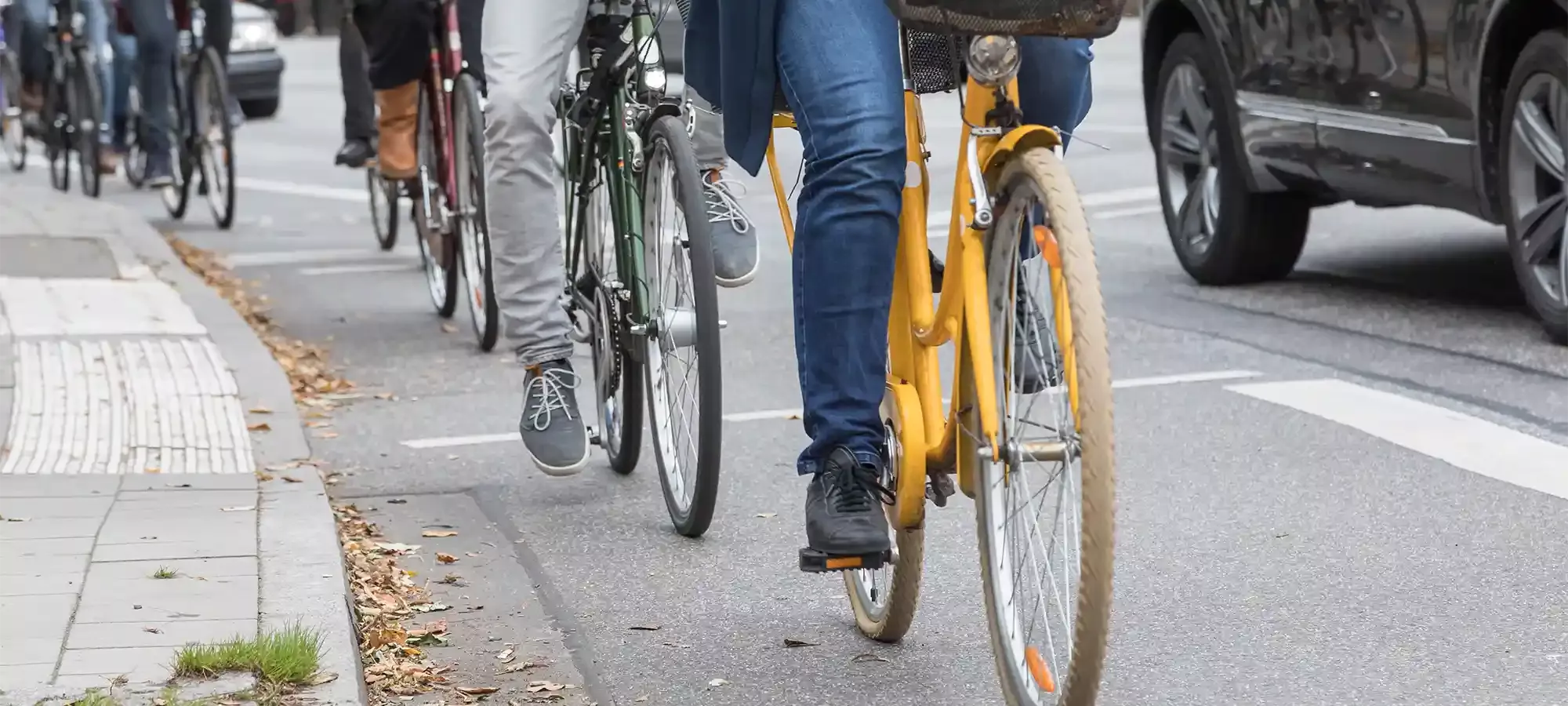Global and Local Health Impact Assessment of Transport (GLASST): methods for prioritising model development
Overview
Transport is a major contributor to determinants of population health. Adverse health impacts are greatest in rapidly urbanising and motorising lower and middle income country cities.
In 2016 there were an estimated 1.3 million road traffic deaths, 4.3 million deaths from outdoor air pollution, and 1.4 million from low physical activity. Road transport produces around 17% of energy-related greenhouse gas emissions, and this is rising. Transport systems need to shift away from the car towards more active and sustainable modes.
Many cities are investing in policies to support walking, cycling (including electric assist bikes), and transit, and wrong decisions have high costs. However, we lack academically rigorous and practically useful tools to estimate the health impact of these policies. The need to better integrate health evidence with transport research and decision-making is a major research gap - and opportunity.
Aim and Objectives
The aim of GLASST is to create methods, models, and tools to support inclusion of health into transport decision making.
It does this through three objectives and corresponding work streams:
- To develop methods and computer programs that allow researchers to compare health impact models and data. By collating and comparing models across many settings and scenario I will identify the circumstances in which variation in model structure and parameters makes an important difference to model results. This information will be used to create and test models for new settings and problems.
- To integrate health impact modelling methods with the models used by transport researchers. This will make health impacts visible to transport planners. I will investigate the added value that land use/transport models can bring to health impact modelling from improved spatial and temporal detail and following households’ residential location over time.
- To use the methods from (1) and findings from (1) and (2) to work towards developing a global city-level model and tool that utilises the best data available in any setting to create comparable exposure and disease estimates. Initially this will be based on archetypical cities for world regions. This will transform the opportunities for me and others to undertake modelling health impacts of transport policies and scenarios across the world.
In doing this GLASST will create new knowledge relevant to settings across the world from the lowest to the highest income countries.

Christian Brand (TSU) is leading the carbon impact assessment and valuation in Work Streams 1 and 3.
Further Information
In brief
Duration
2019 - 2024
Funder
EU Horizon 2020
Lead
Dr James Woodcock, CEDAR, University of Cambridge
Collaborators
University of Oxford (Dr Christian Brand), Technical University of Munich (Prof. Rolf Moeckel), London School of Hygiene and Tropical Medicine (Dr Anna Goodman), University of Chicago (Dr Kavi Bhalla), ISGlobal (Prof. Mark Nieumenhuijsen)
Contact


